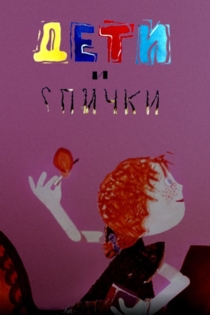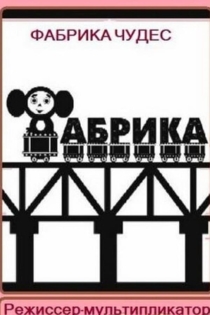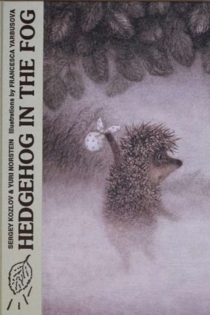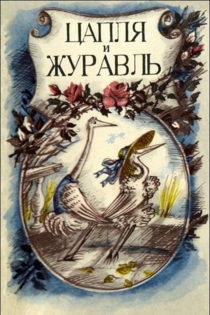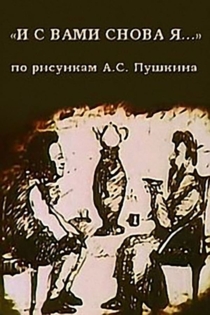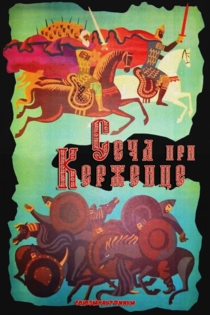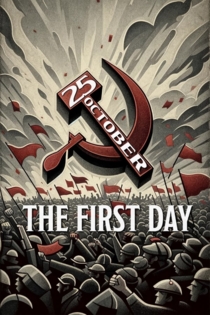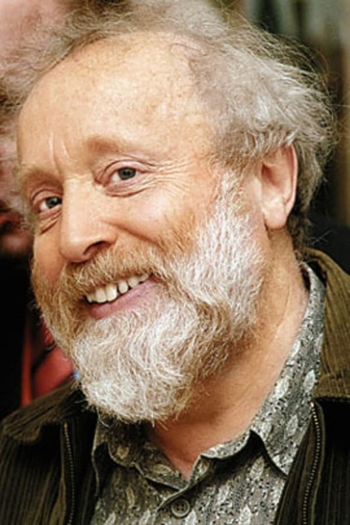
Yuri Norstein
1941 (84 года)Yuri Norstein was born to a Jewish family in the village of Andreyevka, Penza Oblast, during his parents' World War II evacuation. He grew up in the Maryina Roshcha suburb of Moscow. After studying at an art school, Norstein initially found work at a furniture factory. Then he finished a two-year animation course and found employment at studio Soyuzmultfilm in 1961. The first film that he participated in as an animator was Who Said "Meow"? (1962).
After working as an animation artist in some fifty films, Norstein got the chance to direct his own. In 1968 he debuted with 25th October, the First Day, sharing directorial credit with Arkadiy Tyurin. The film used the artwork of 1920s-era Soviet artists Nathan Altman and Kuzma Petrov-Vodkin.
The next film in which he had a major role was The Battle of Kerzhenets (1971), a co-production with Russian animation director Ivan Ivanov-Vano under whose direction Norstein had earlier worked on 1969's Times of the Year.
Throughout the 1970s Norstein continued to work as an animator in many films, and also directed several. As the decade progressed his animation style became ever more sophisticated, looking less like flat cut-outs and more like smoothly-moving paintings or sophisticated pencil sketches. His most famous film is Tale of Tales, a non-linear, autobiographical film about growing up in the postwar Soviet world.
Norstein uses a special technique in his animation, involving multiple glass planes to give his animation a three-dimensional look. The camera is placed at the top looking down on a series of glass planes about a meter deep (one every 25–30 cm). The individual glass planes can move horizontally as well as toward and away from the camera (to give the effect of a character moving closer or further away).
For many years he has collaborated with his wife, the artist Francheska Yarbusova, and the cinematographer Aleksandr Zhukovskiy.
Source: Wikipedia
Роб Саакянц. Последний Хиппи розового города
Anastasiya Popova
Robert Sahakyants, Garri Bardin
He's been called a 'wonderful troublemaker', 'comet man' and 'the last hippy of the pink city'. Robert Sahakyants was a renowned Soviet and Armenian animator. He was a director, writer and artist who created animated films. Robert Sahakyants used his work to express his particular view of the world around him. His animated films feature constant movement, whirls of colour and myriad wonderful characters inspired by Armenia. Robert Sahakyants was a true patriot to his motherland. The love for his people drove Robert Sahakyants to openly criticise everything and everyone he disagreed with. He boldly spoke his mind about anything he found troubling, from political events to ugly sculptures in nearby houses. The film features recollections from Robert Sahakyants's friends and family.
Rob Saakyanc. The Last Hippy of the Pink City

Masters of Russian Animation - Volume 2
Fyodor Khitruk, Ivan Ivanov-Vano
Volume 2 (1969-1978): "Ballerina on the Boat", "Seasons", "Armoire", "The Battle of Kerzhenets", "Butterfly", "Island", "Fox and Rabbit", "The Heron and the Crane", "Hedgehog in the Fog", "Crane's Feathers", "Firing Range" Contact
Masters of Russian Animation - Volume 2
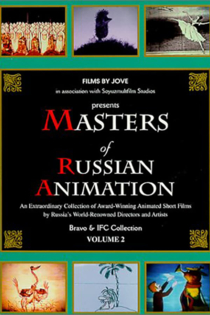
Волшебная Русь
Masha Zur, Yonathan Zur
Garri Bardin, Iosif Boyarskiy
A poetic view of Russian animation and of cultural and social transformations Russian society has been gone through. It is about multi faceted and humorous animation, almost never exposed to western eyes.
Magia Russica
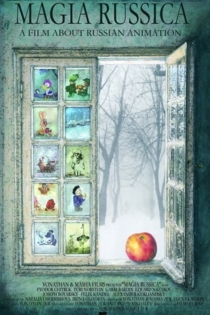
Сказка сказок
Yuri Norstein
Aleksandr Kalyagin
Skazka Skazok (Tale of Tales) is a 27-minute animated short film, considered the masterpiece of influential Russian animator Yuri Norstein. Told in a non-narrative style by free association, the film employs various techniques including puppets, cut-outs, and traditional cell animation. Using classical music and '30s jazz tunes instead of dialogue.
Tale of Tales
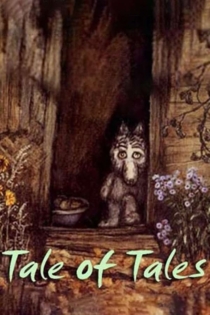
Лиса и заяц
Yuri Norstein
Viktor Khokhryakov
As winter gives way to spring in the Russian wilderness, a crafty fox promptly expels a defenceless hare from his warm, comfortable residence, claiming the house for himself and leaving the poor owner to sleep outside under the stars. An assortment of compassionate animals – a wolf, a bear, a bull – take pity on the disheartened hare, and attempt to evict the cunning fox, but to no avail. Along comes a hilariously militant rooster, proud and tenacious, who marches into the hare's house and doesn't give up until the fox has been hounded back into the wilderness.
The Fox and the Hare

Making the Overcoat
Ryo Saitani
Yuri Norstein, Tanya Usvayskaya
Yuriy Norshteyn, Russia’s most renowned animator, has crafted many brilliant works, including his award-winning Tale of Tales and Hedgehog in the Fog. He is revered by animation creators across the globe, most notably Japanese masters Osamu Tezuka, Hayao Miyazaki and Isao Takahata. Forty years ago, Norshteyn began work on an ambitious adaptation of Nikolai Gogol’s The Overcoat, but after completing 25 minutes of the film, the project stalled and has been shelved for many years. A crew visits Norshteyn’s studio and finds there mountains of sketches, character studies and a shooting table covered with dust. Norshteyn himself talks about its current status and the anguish and passion that has gone into its creation.
Yuriy Norshteyn: Making the Overcoat
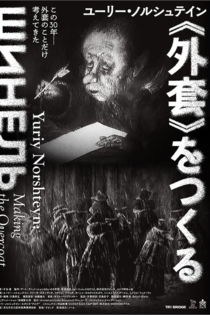
冬の日
Reiko Okuyama, Co Hoedeman
Ryuta Kashiwagi, Noboru Mitani
Winter Days is a 2003 animated film, directed by Kihachirō Kawamoto. It is based on one of the renku (collaborative linked poems) in the 1684 collection of the same name by the 17th-century Japanese poet Bashō. The creation of the film followed the traditional collaborative nature of the source material – the visuals for each of the 36 stanzas were independently created by 35 different animators. As well as many Japanese animators, Kawamoto assembled leading names of animation from across the world. Each animator was asked to contribute at least 30 seconds to illustrate their stanza, and most of the sequences are under a minute (Yuriy Norshteyn's, though, is nearly two minutes long).
Winter Days
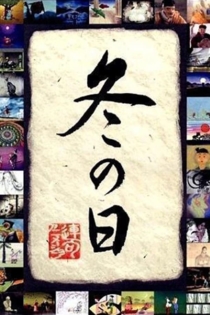
Children and Matches
Yuri Norstein
A cut-out animation warning for children about the danger of fire and playing with matches, far from the grim warning of your typical PSA and anticipating the complicated human psychology of Norshteyn's subsequent work. And, no doubt, there is a metaphor aimed at the power structure. 1968-69 was a crucial period of transition for the animator, breaking out of the pack at Soyuzmultfilm and beginning to script and co-direct films. Not listed on imdb, this is one - if not the first - of his first solo works as director.
Children and Matches
